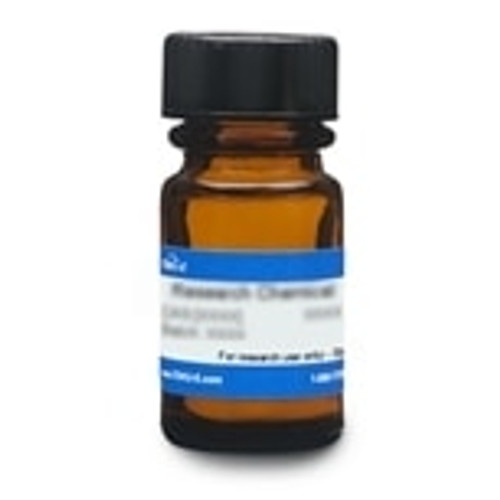Levodropropizine has anti-allergic properties and inhibits the histamine receptor. It acts as a peripheral antitussive agent.
| Mechanism of Action | Levodropropizine has affinity for H1-histaminic and alpha-adrenergic receptors. Levodropropizine has a peripheral site of action which is related to sensory neuropeptides interfering with stimulus activation of peripheral endings of sensory nerves and by modulation of neuropeptides involved in the cough reflex. |
| Eukaryotic Cell Culture Applications | Levodropropizine was shown to counteract the hyperresponsiveness phenomenon and associated inflammation induced by Intratracheal Parainfluenza type 3 (PI-3) virus using an in vitro guinea pig model to study inflammatory cell production (Folkerts et al, 1993). |
| Molecular Formula | C13H20N2O2 |
| References | Folkerts G, van der Linde H, Omini C ad Nijkamp FP (1993) VIrus-induced airway inflammation and hyperresponsiveness in the guinea-pig is inhibited by levodropropizine. Naunyn-Schmiedeberg's Arch Pharmacol (1993) 348: 213-219 PMID 8232598 |


